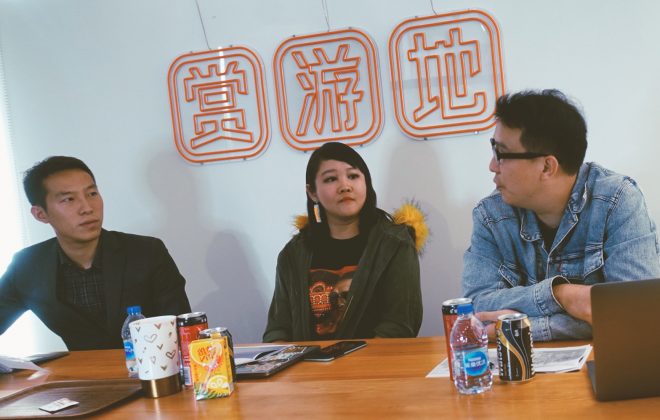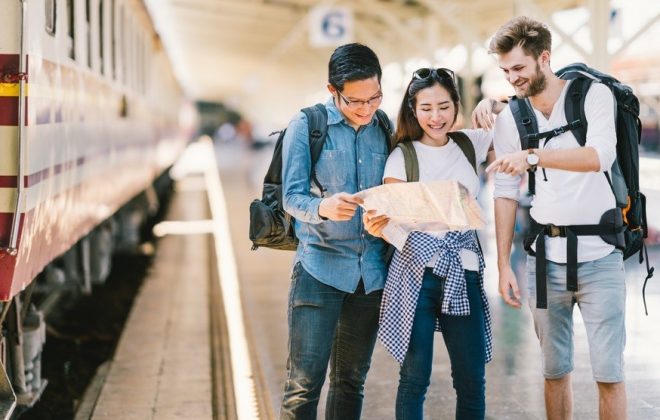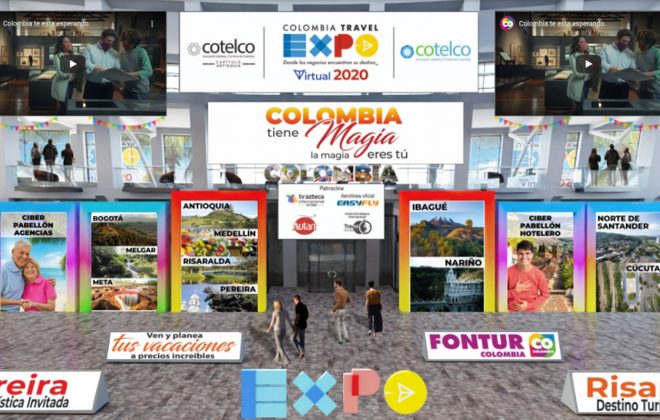Challenges of The Tourism Industry: Seasonality

The modern tourism industry is one of the fastest-growing and extremely powerful in the international business sector. None the less because of the nature of the industry, it is filled with challenges on how to encourage visitors to stay longer and spend more money in the regions, and most importantly how to encourage tourists to visit a broader area than the main attractions in the city center.
The phenomenon of seasonality affects every tourist destination in the world to some extent. Seasonality is a measurable feature of tourism since it has significant economic importance and can be seen through the number of visitors, how much they spend, and the number of admissions to attractions.

Understanding the main characteristics of seasonality can help to modify its occurrence. It is the first characteristic that seasonality has is that it is regular and consistent. This means that unlike other challenges, seasonality can be predictable and anticipated. Since it is a predictable and almost reliable challenge, it makes it more possible to be mitigated.
All phenomenon has a cause in this case “natural” seasonality is caused by the movement of the earth around the sun. The four regular seasons (Spring, Summer, Autumn, and Winter) influence are known for being “Natural” causes of seasonality.
However, “institutional” seasonality is also part of the cause of seasonality created by human social, political, and economic agencies. The earliest for “institutional seasonality” where the Holy Days, such as Christmas, Easter, Passover, Ramadan, Solstices, and phases of the moon. In the same way school holiday were set in the nineteenth century, established to allow children to assist with harvesting of crops, now the traditional summer school holiday period is believed to be the leading institutional cause of tourist seasonality. The institutional seasonality has a long history in time which makes it more challenging to change these well-established patters.

Eliminating seasonality can be a difficult task, and few places have managed to do this effectively over the long term. Since tourism is a part of leisure, this means this is an activity about freedom of choice, the choice to choose destination, activities, and engagement. Tourists will most likely not be open to being forced to change their behaviors. Taking into account the three might be constraints in participation or constraints to visitation, it is fundamental to understand what are the constraints that prevent visitors from visiting out of the current visitation period. Constraints are not absolute, and some of them are capable of mitigating or adapted. Traditionally constraints have been defined into three categories Intrapersonal which relates to personal needs, socialization and reference group attitudes. These constraints may be in time, barriers of participation, cost, or accessibility. Shake To Win allows Bussiness to call to action upon seasonality with offline and online methods.
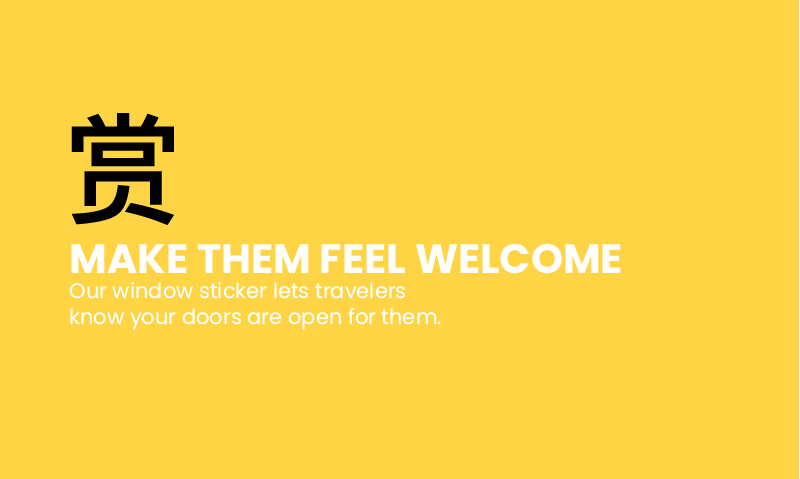
“Participation and choice of time, location, and opportunities are partially dependent on the level of constraint perceived or experienced, but many constraints are not absolute barriers and can be negotiated with modification by potential participants. Constraints are not permanent, and this allows for mitigation or modification. “
ADDRESSSING SEASONALITY IN TOURISM: THE DEVELOPMENT OF A PROTOTYPE, Professor Richard Butler, June, 2014
Shake to Win is a tool to help touristic attractions carefully selected cultural institutions and local businesses create a network that through connecting to China, largest outbound travel market, can work towards the mitigation of the effects of seasonality on the tourism industry.
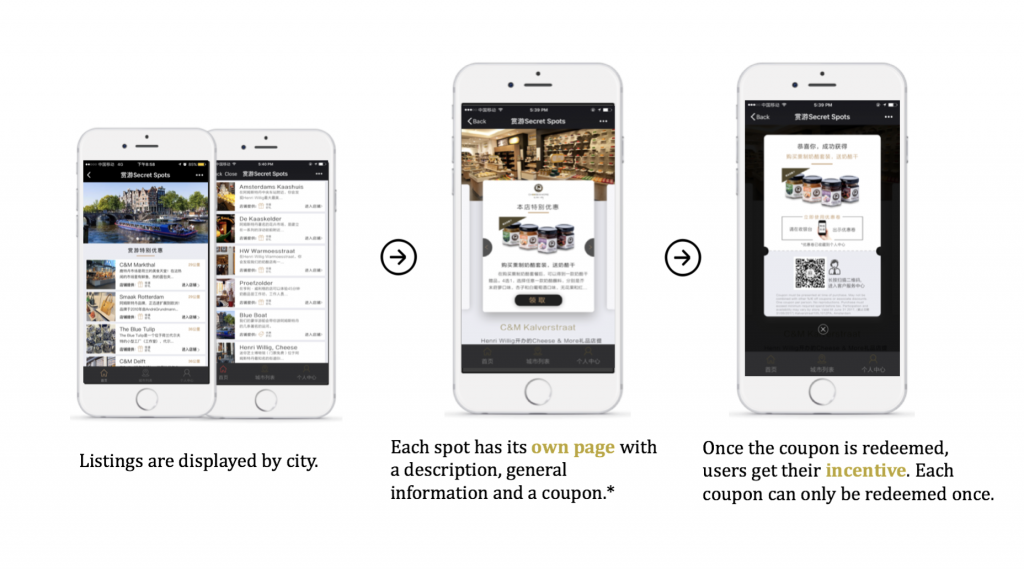
Through connecting and partnering with Shake to Win your business can have the right tools to call to action on this well-known challenge in the following ways.
- EXTENDING THE SEASON: Through offering coupons to our Chinese users, your business can attempt to lengthen the primary season by reducing prices or providing a gift or extra service. The goal is to increase the attractiveness through a price reduction or offer, to attract a broader or new market.
- ADDING NON-CONVENTIONAL TOURIST ATTRACTIONS: Shake to
Win concentrates on creating touristic networks in second and third tiers hoping to attract more visitors to other places that are not the main attraction in the main cities opening a more extensive range of in the tourism market. - OVERCOMING LANGUAGE BARRIERS: Through getting rid of language constraints Shake to Win helps the small and medium business to be able to communicate in Chinese on the Shake to win platform being able to reach another market in only seven days. While being present in the Shake to Win they can unlock Chinese Independent travelers without having to know any Chinese them for themselves.
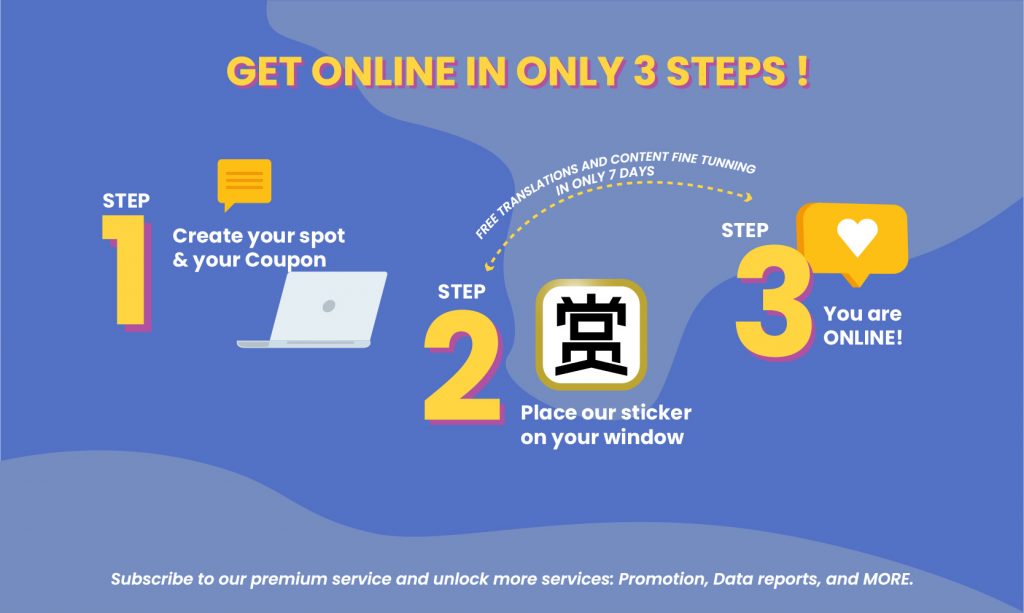
All though there are many other challenges facing the travel industry on this issue we tap into seasonality extensively for our readers and partners to understand why it is essential to know about the challenges they face and what causes them and also to understand how Shake To Win is equipped with tools to help these businesses in the tourism industry to thrive through these challenges.
Shake To Win dashboard product launch will be coming soon early 2020; to know more about our dashboard or product launch, please contact us at Comm@shaketowin.net for more information.
You may also check our website for more information about us here, www.shaketowin.net

